
AI Revolutionizes Hurricane Forecasting with Unprecedented Accuracy
AI weather models like GraphCast demonstrated remarkable accuracy during this hurricane season, outperforming traditional models in predicting storm tracks but facing challenges with intensity forecasting.
November 15, 2024
Catastrophe
Risk Management
Technology
Louisiana
Texas
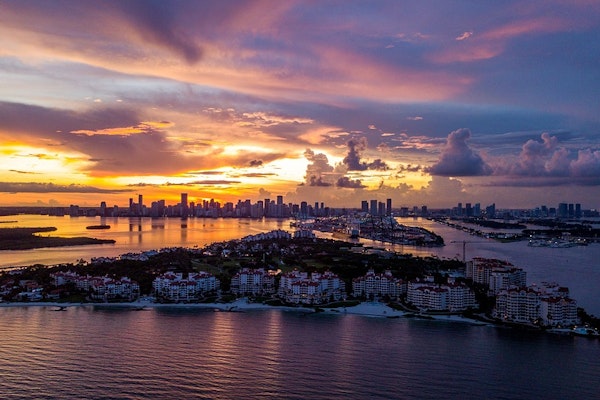
Florida Communities’ Resilience Investments Prove Effective Against Hurricane Milton
As Hurricane Milton hit Florida, resilience-focused communities like Babcock Ranch and Hunters Point emerged unscathed, showcasing how disaster preparedness measures protect homes and reduce long-term costs, even amid costly initial investments.
November 7, 2024
Catastrophe
Legislation & Regulation
Property
Risk Management
Alabama
California
Florida
Louisiana
Oklahoma

How Attorney Ads May Drive Up Auto Insurance Rates, Per New Survey
A recent IRC survey reveals that attorney advertising may be influencing auto insurance costs, as 60% of respondents link it to higher claims and 52% believe it raises insurance premiums.
October 30, 2024
Auto
Insurance Industry
Legislation & Regulation
Litigation
Florida
Georgia
Louisiana

Louisiana’s Auto Insurance Affordability Challenges Persist in 2022
Despite rising incomes, Louisiana remains the least affordable state for personal auto coverage across the South and U.S., with premiums nearly 40% above the national average.
October 15, 2024
Auto
Legislation & Regulation
Litigation
Risk Management
Florida
Louisiana
Mississippi
North Carolina

Louisiana Homeowners Targeted by Roofing Contractor in Alleged Insurance Fraud Scheme
A Louisiana couple was allegedly targeted by a fraudulent contractor who caused intentional roof damage, misrepresenting it as storm-related in an attempt to file an inflated insurance claim.
October 11, 2024
Fraud
Insurance Industry
Litigation
Property
Louisiana

Flood Insurance Program Struggles with Rising Repeat Payouts
As flood risk intensifies, the National Flood Insurance Program is issuing more repeat payouts, with severe repetitive loss properties surging across the U.S., especially in coastal areas vulnerable to storms.
October 7, 2024
Catastrophe
Legislation & Regulation
Property
Risk Management
Florida
Louisiana
New Jersey
North Carolina

FEMA Faces Funding Shortage as Hurricane Helene Devastates the Southeast
FEMA is running low on disaster relief funds as it responds to Hurricane Helene, which caused severe damage across several Southeastern states. Congress may need to pass additional funding to sustain relief efforts.
October 4, 2024
Catastrophe
Legislation & Regulation
Property
Risk Management
Florida
Georgia
Louisiana
North Carolina
South Carolina

Dockworkers Reach Tentative Deal, Strike Suspended Until January
U.S. dockworkers have suspended their strike after reaching a tentative agreement with terminal operators, securing a wage increase and agreeing to continue negotiations in January.
October 4, 2024
Legislation & Regulation
Litigation
Risk Management
Alabama
Florida
Georgia
Louisiana
Maryland
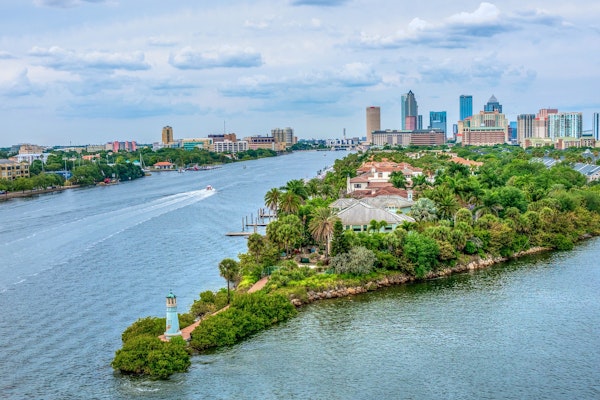
Homeowners Insurance Costs Surge Across the U.S., Florida Takes the Lead with Soaring Rates
Homeowners across the U.S. are facing sharp insurance premium hikes, with Florida seeing the steepest increases, fueled by hurricane risks, fraud, and lack of competition.
September 18, 2024
Catastrophe
Litigation
Property
Risk Management
Florida
Louisiana
Texas

Hurricane Francine Risks $1.5 Billion in Insured Losses as it Strikes Louisiana
Hurricane Francine made landfall in Louisiana as a Category 2 storm, with CoreLogic estimating insured losses at up to $1.5 billion, impacting residential and commercial properties across the Gulf Coast.
September 13, 2024
Catastrophe
Insurance Industry
Property
Risk Management
Alabama
Kentucky
Louisiana
Mississippi
Missouri
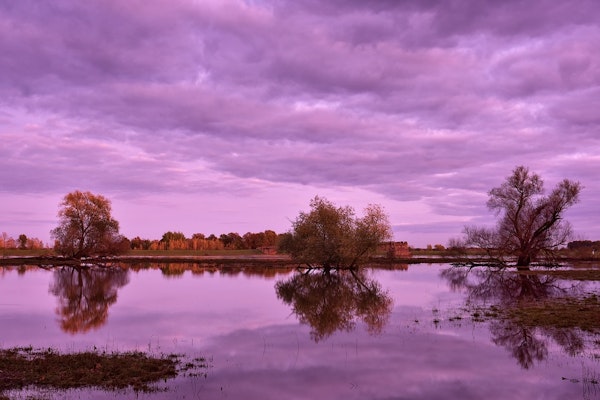
Louisiana Residents Begin Cleanup After Hurricane Francine’s Devastation
Residents across southern Louisiana are starting the cleanup process following Hurricane Francine, which brought 100-mph winds, severe flooding, and widespread storm surge damage to coastal communities.
September 12, 2024
Catastrophe
Insurance Industry
Property
Risk Management
Louisiana

Millions Under Flood Watch as Hurricane Francine Weakens, Brings Heavy Rains Inland
As Hurricane Francine moves inland, millions from Florida to Tennessee remain under flood watch, with heavy rains and tornado warnings threatening areas across the South. Power outages and damage reports continue.
September 12, 2024
Catastrophe
Litigation
Property
Risk Management
Alabama
Florida
Georgia
Louisiana
Mississippi

Hurricane Francine Slams Southern Louisiana with 100-MPH Winds and Flooding
Hurricane Francine hit southern Louisiana, bringing 100-mph winds, widespread power outages, and severe storm surge damage. The storm left over 400,000 without power and caused significant flooding in multiple communities.
September 12, 2024
Catastrophe
Litigation
Property
Risk Management
Louisiana
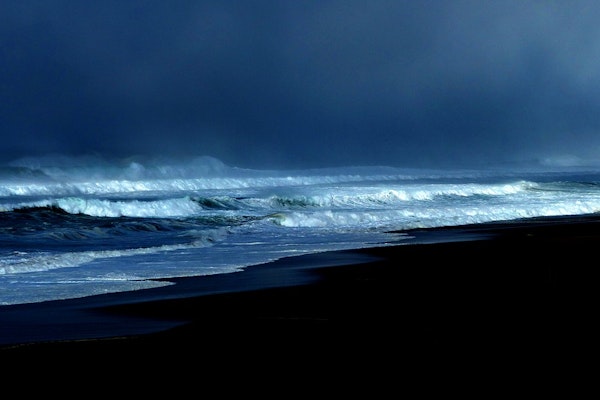
Hurricane Francine to Hit Louisiana Wednesday Bringing Storm Surge, High Winds, and Flooding
Hurricane Francine will make landfall in Louisiana, bringing dangerous storm surge, high winds, heavy rain, and tornado threats to the Gulf Coast and southern states. Flooding may extend as far north as the Ohio Valley later in the week.
September 11, 2024
Catastrophe
Litigation
Property
Risk Management
Alabama
Florida
Georgia
Louisiana
Mississippi
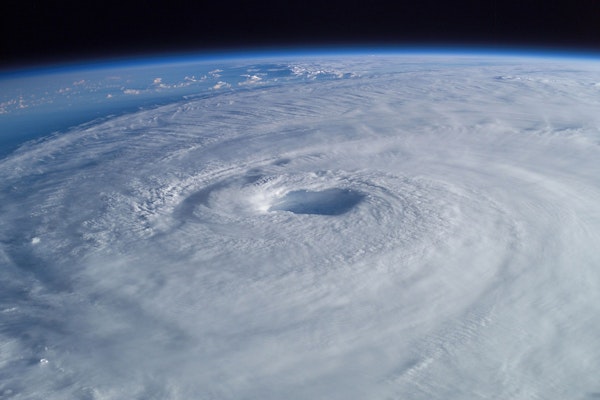
Tropical Storm Francine Set to Become Hurricane, Targeting Gulf Coast with Storm Surge and Heavy Rain
Tropical Storm Francine is forecast to strengthen into a hurricane before making landfall along the Gulf Coast, bringing dangerous storm surge, heavy rain, and potential flooding to parts of Louisiana and Texas by midweek.
September 9, 2024
Catastrophe
Legislation & Regulation
Property
Risk Management
Alabama
Louisiana
Mississippi
Texas





